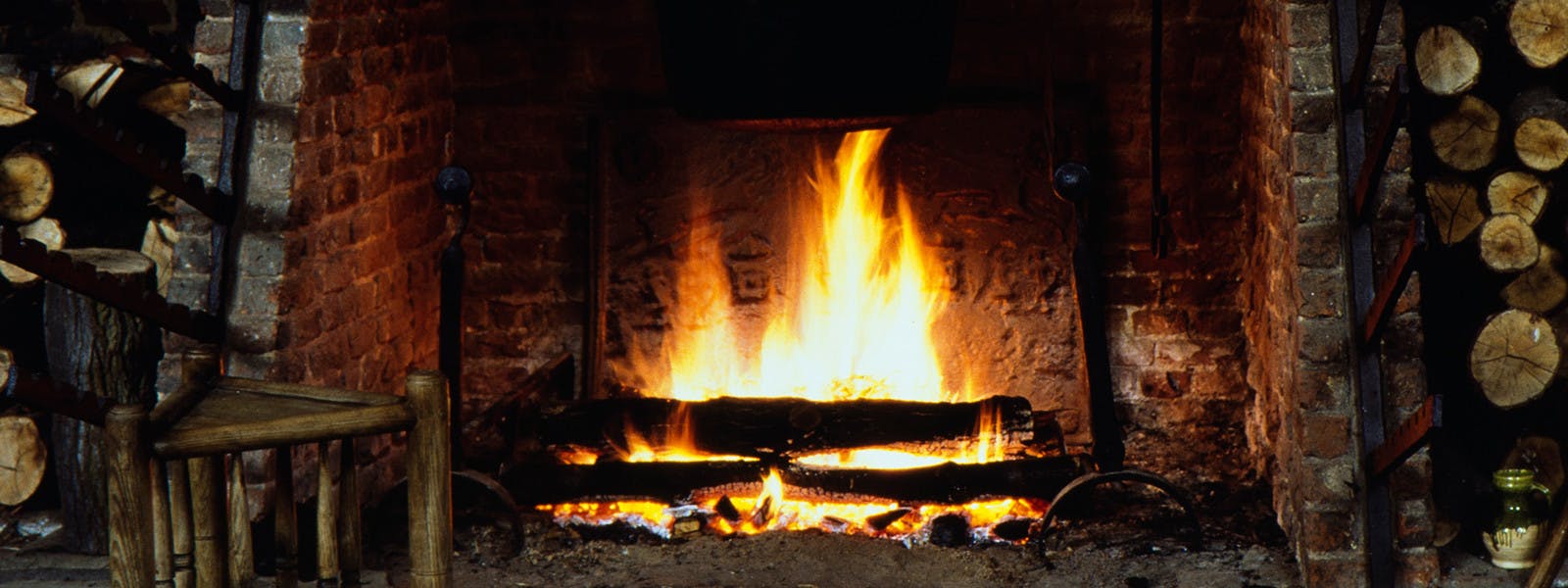
The vast kitchens served the Tudor court with hundreds of meals a day
A food production line
Ordering, preparing and cooking food on this scale required an efficient system, with raw food arriving at one end and finished dishes ready to be served at the other.
Henry VIII expanded and added to the kitchens at Hampton Court Palace, but they weren’t for him. The King had his own private kitchen.
Header image: The fire in the Great Kitchen at Hampton Court. © Historic Royal Palaces
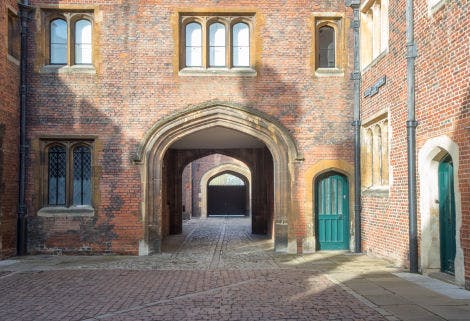
Image: Seymour Gate at Hampton Court Palace, looking west from Master Carpenter's Court. © Historic Royal Palaces
Raw materials
Raw produce was brought into the palace through a ‘Tradesman’s’ entrance.
All goods passed under an archway into a cobbled courtyard, where they were all unloaded and checked scrupulously.
A team of accountants, known as ‘The Clerks of the Green Cloth’, kept meticulous records to ensure costs were kept under control.
Kitchen staff carried the goods into a series of smaller kitchens or to the stores.
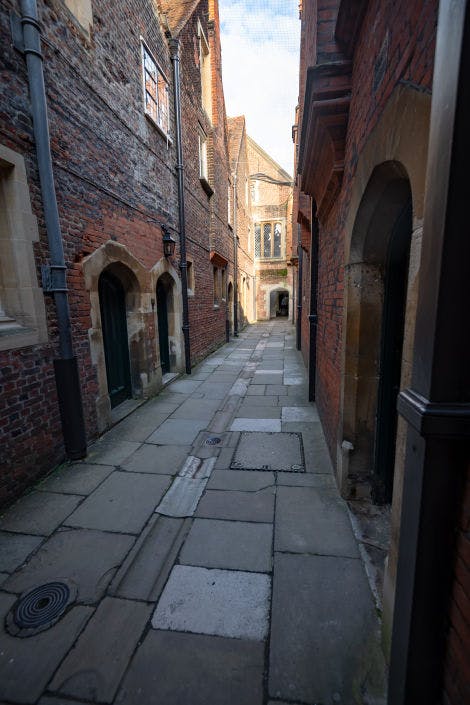
Image: Fish Court at Hampton Court Palace. © Historic Royal Palaces
Boiling House
One of the many smaller kitchens used exclusively to prepare and cook meat in the great boiling pot.
The meat then went into pies or was roasted, the boiling being used to reduce the time needed on the spit.
The pie cases were brought over to the boiling house from the pastry department.
Fish Court
Fish Court was a clever fridge system.
The courtyard is narrow, running north to south which means the area stays cooler, as the sun does not shine directly in.
The space is open to the air to keep the stone stores cool.
The Great Kitchen
Originally this kitchen was used for roasting meat, mainly joints of beef, in front of six huge fires.
In later centuries, a range of charcoal stoves were added along with a bread oven.
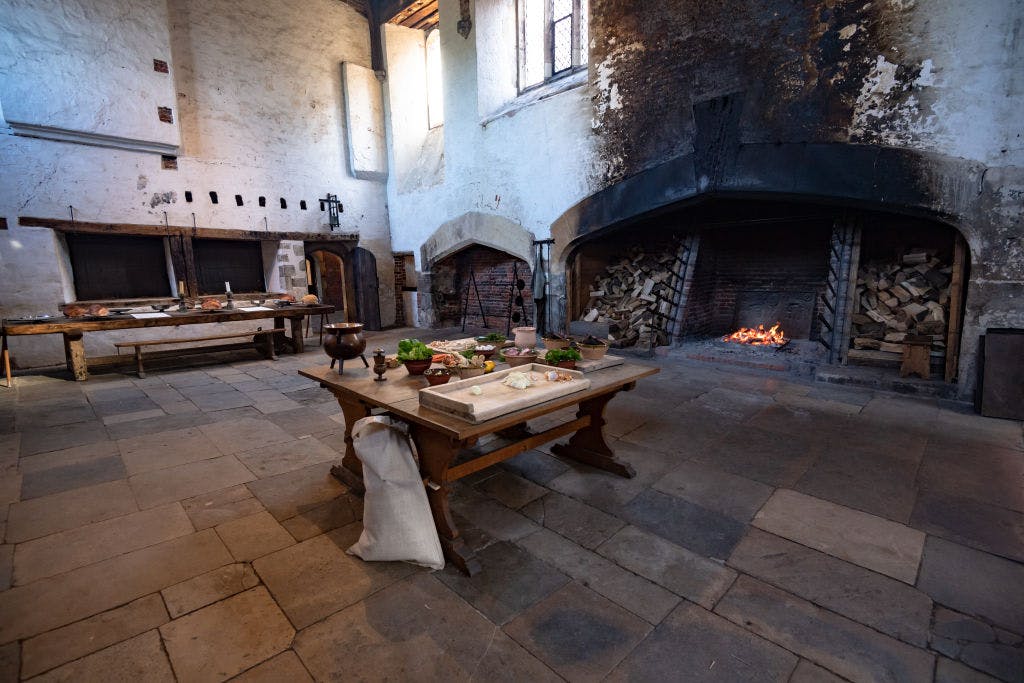
Image: General View of The Great Kitchens © Historic Royal Palaces/SWNS.
A Tudor shopping list
The quantities of meat procured for the Court in one year during Elizabeth I's reign included:
- Sheep - 8,200
- Deer - 2,330
- Pigs - 1,870
- Oxen - 1,240
- Calves - 760
- Wild boar - 53
Take a look around Henry VIII's kitchens on our 360-degree image, created in partnership with Google Arts & Culture.
From kitchen to table
The kitchens produced a large amount of food and each room had a specific function. Food would be taken from larders and prepared in separate bake-houses. Meat was roasted in front of the big fires in the Great Kitchen.
Fresh water for drinking and cooking was piped into the palace from springs three miles away.
Dinner is served
The Clerk of the Kitchens, standing at the Serving Place, would allocate dishes to various diners according to their rank

Image: The wine cellar. © Historic Royal Palaces
Wine Cellar
All this food was washed down at court with gallons of wine and beer.
Entertaining the court in lavish style reflected the magnificence of the monarch and Henry kept his cellars well stocked.
Barrels of wine were sent from Europe and kept in cellars next to the kitchens, while beer was stored close to the Great Hall. Water was safe to drink at the palace.
Watch 16th Century 'Tarte Owte of Lente': Tudor Cookalong
The name 'Tarte Owte of Lente' derives from the fact that it contains all the things you’re not allowed to eat during lent - cheese, cream and eggs, cooked in a light pastry case!
Watch and find out how to make this delicious traditional cheese tart.
Watch and find out how to make this delicious traditional cheese tart.
Video Transcript of 16th Century 'Tarte Owte of Lente': Tudor Cookalong
Follow along with an interactive transcript of 16th Century 'Tarte Owte of Lente': on YouTube. A link to open the transcript can be found in the description.
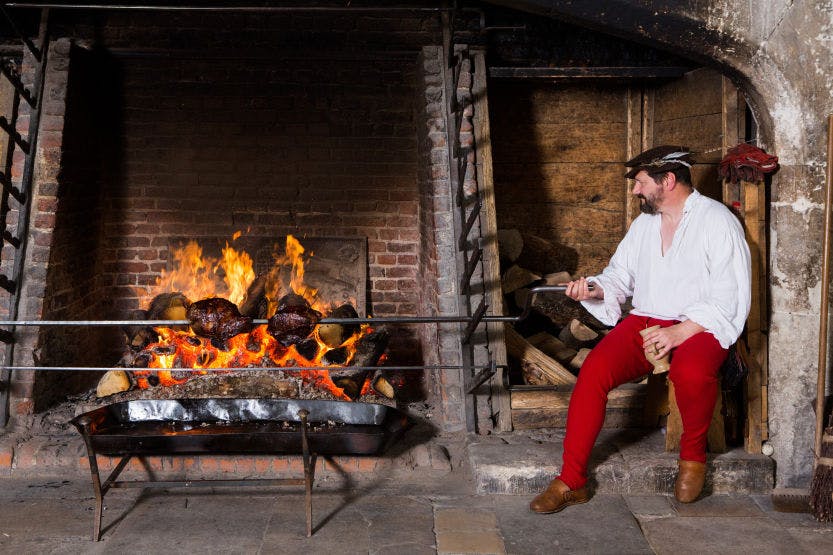
VIRTUAL TOUR: HENRY VIII'S ROYAL KITCHENS
Discover more about Henry VIII's Royal Kitchens with our interactive story, created in partnership with Google Arts & Culture.
Browse more history and stories
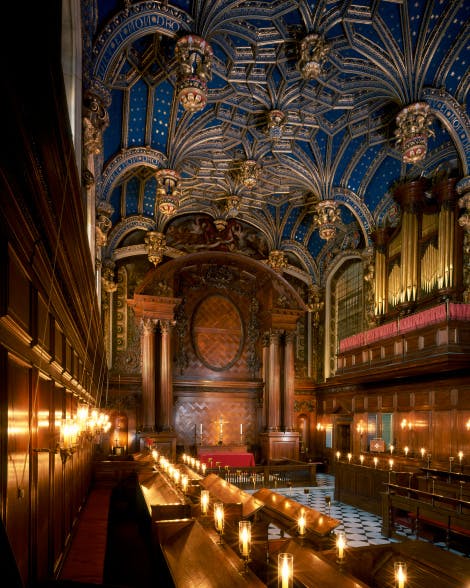
The story of Hampton Court Palace
Home of Henry VIII and the Tudor dynasty
Shop online

Shop Goblets & Tankards
Discover our decadent range of goblets and tankards inspired by the palaces in our care, the perfect gift for any history fan.
From £10.00
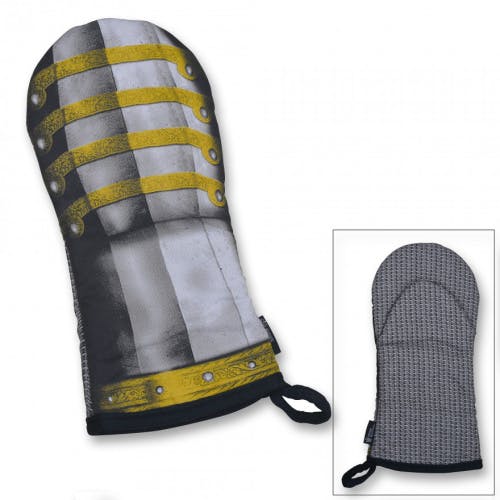
Henry VIII Gauntlet Armour Oven Glove
This fun oven glove is inspired by a suit of armour made for Henry VIII in 1540, currently on display at the Tower of London.
£18.00
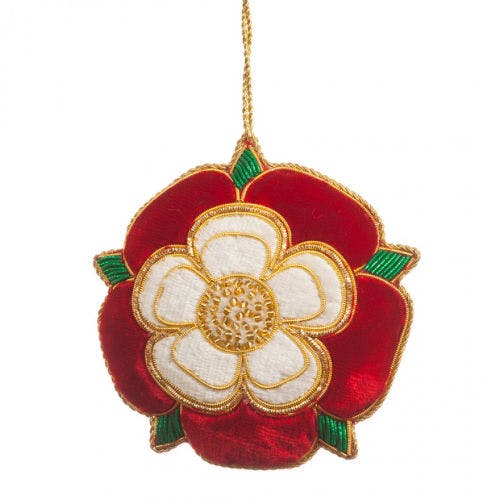
Tudor Rose Decoration
Handmade using metal and silk threads, this exquisite Tudor rose decoration commemorates the joining of two royal families, York and Lancaster.
£15.00
